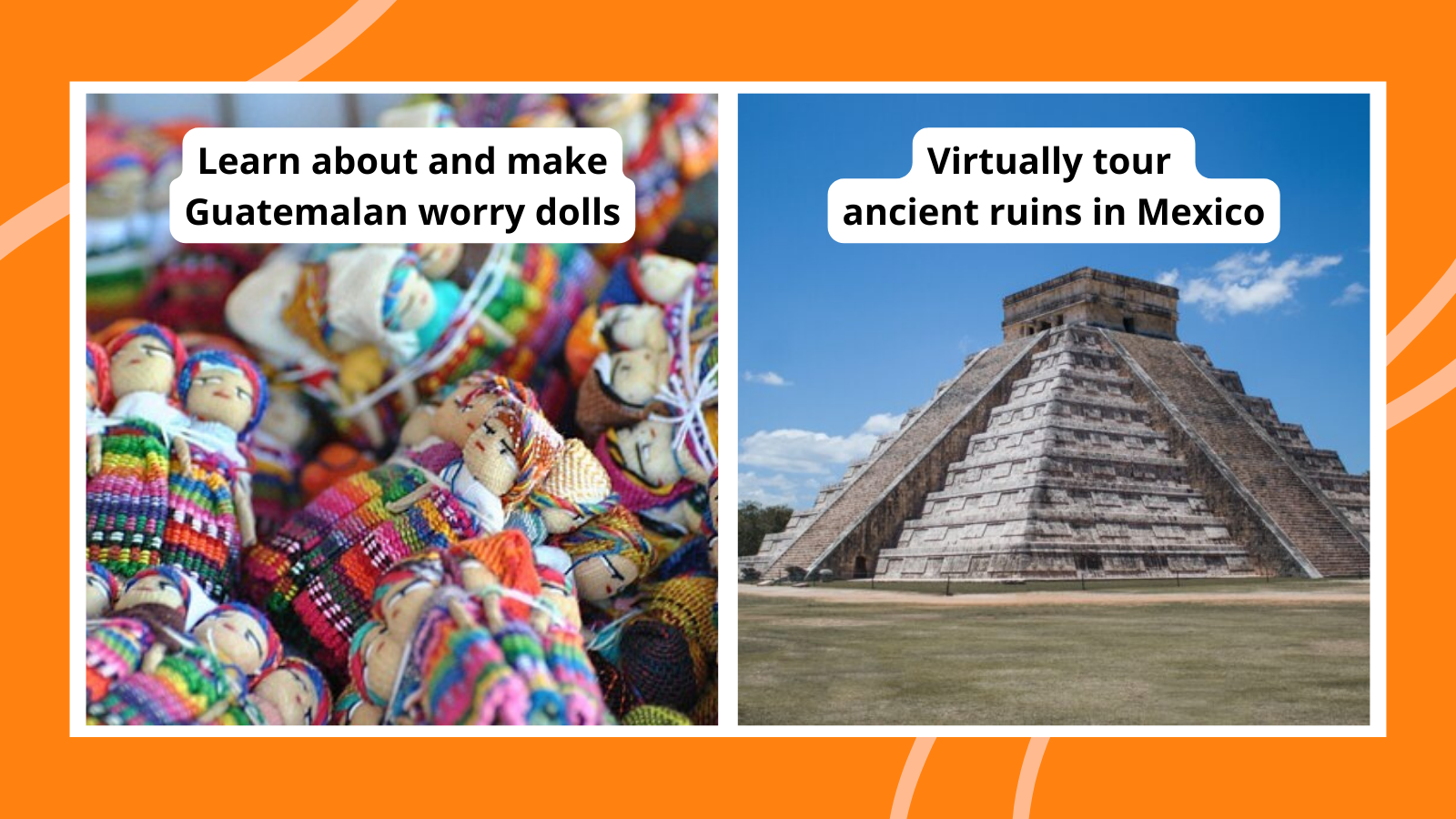Hispanic Heritage Month starts in September and is the perfect opportunity to study and celebrate Hispanic cultures, from Spain to Mexico to Peru to the Caribbean. We rounded up 25 fun Hispanic Heritage Month activities that honor this special time of year. But first, let’s learn about the history of Hispanic Heritage Month and why we celebrate it.
What is Hispanic Heritage Month?
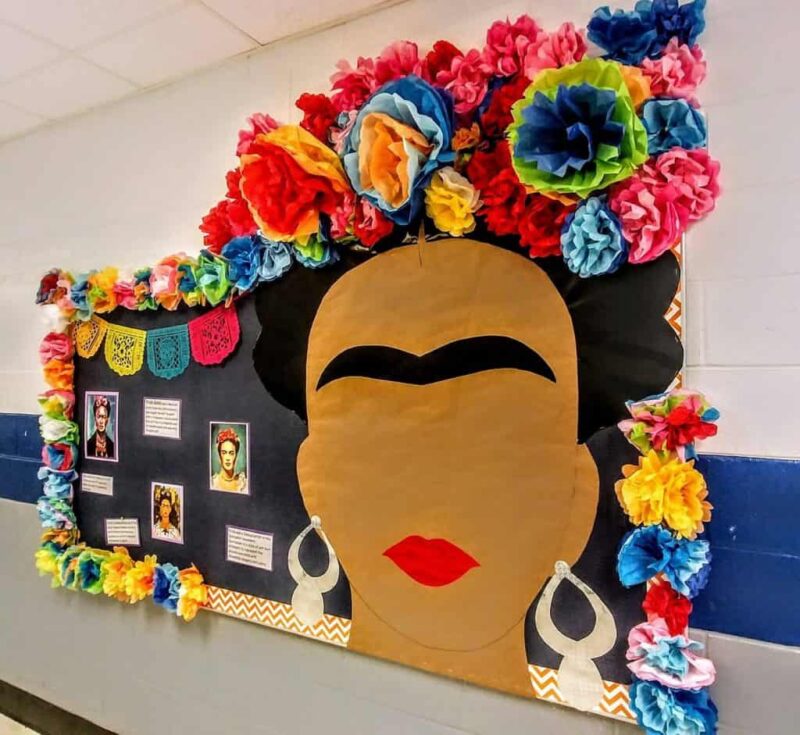
Hispanic Heritage Month celebrates Americans who have ancestry in countries that speak Spanish. That includes Latin America, the Caribbean, and Spain. It was started in 1968 by President Lyndon B. Johnson as a way to celebrate the contributions of Americans who had come to the United States from Spanish-speaking countries. Back then, it was a weeklong celebration. It was expanded to a month in 1988 by President Reagan.
When is Hispanic Heritage Month?
Hispanic Heritage Month starts September 15 (Independence Day in Costa Rica, El Salvador, Guatemala, Honduras, and Nicaragua) and continues until October 15. The month also includes Mexico’s Independence Day (September 16) and Chile’s Independence Day (September 18).
What does Hispanic mean?
Hispanic refers to people who speak Spanish or have ancestry from a Spanish-speaking country. Latino, on the other hand, refers to people who are from Latin American countries. There are 20 Hispanic countries, plus Puerto Rico, so 21 countries total.
Why do we celebrate Hispanic Heritage Month?
Hispanic Heritage Month celebrates the 62.1 million Hispanic Americans (18.7% of the U.S. population). It’s a time to learn about important Hispanic figures, learn something new about Hispanic culture, and join in on celebrations across the country.
What is the 2023 theme for Hispanic Heritage Month?
Each year there is a different theme for Hispanic Heritage Month. Get updates on the theme and resources from the Department of Education’s website. The 2023 Hispanic Heritage Month theme is Latinos: Driving Prosperity, Power, and Progress in America.
Hispanic Heritage Month Activities for Students
Ready to educate your students about Hispanic heritage and join in the celebration? Try these Hispanic Heritage Month activities.
1. Read books by Hispanic authors
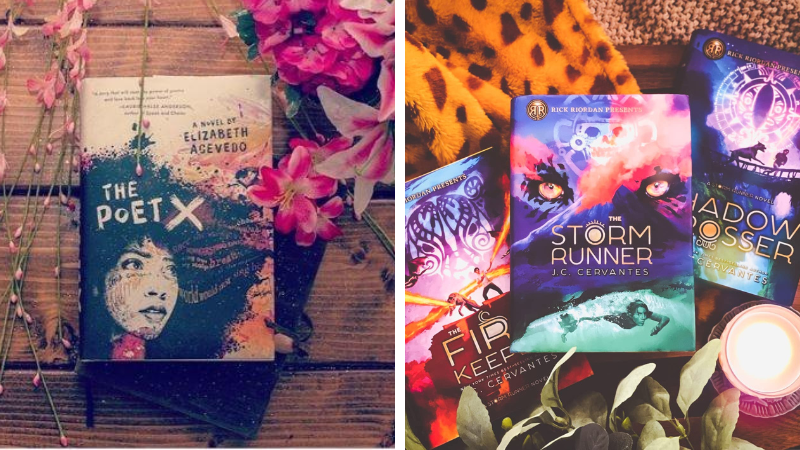
Discussions about Hispanic heritage don’t have to be limited to social studies or history classes. If you’re looking for Hispanic Heritage Month activities that expand the learning to your reading classroom, try incorporating books by Hispanic authors. Your students can listen to them or read on their own.
Learn more: Books To Savor During Hispanic Heritage Month
2. Show a video about Spanish dialects
Though the accent and slang may be different, there are 21 countries whose dominant language is Spanish. Show this six-minute YouTube Video to your middle and high school students so they can see and hear the differences in these Spanish dialects.
Learn more: Spanish Dialects Around the World on YouTube
3. Take a spin around the classroom globe
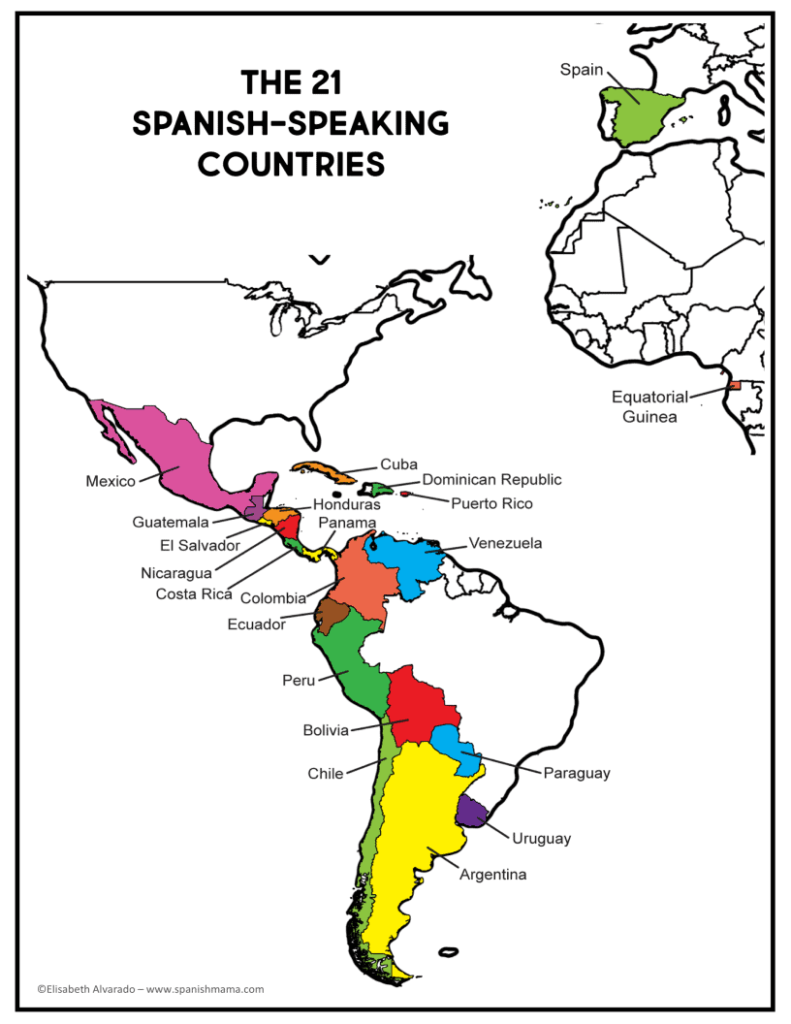
Give your students a mini geography lesson on a few well-known Spanish-speaking countries. Whether you take a spin around the classroom globe, pull out a world map, or download maps online, students will better understand Hispanic Heritage Month lessons with visuals of the countries you are referencing. National Geographic Kids also has some great resources about Spanish-speaking countries.
Learn more: National Geographic Kids Mexico; National Geographic Kids Spain
4. Try a free language-learning app

Spanish is the second-most spoken language in the United States, so why not incorporate Spanish lessons into your lineup of Hispanic Heritage Month activities? Try Duolingo, an incredibly popular app that allows students to learn Spanish. There’s even a free standards-aligned version for schools where you can create assignments and see student progress.
Get it: Duolingo for Schools
5. Take a virtual tour of Mexican artist Frida Kahlo’s home
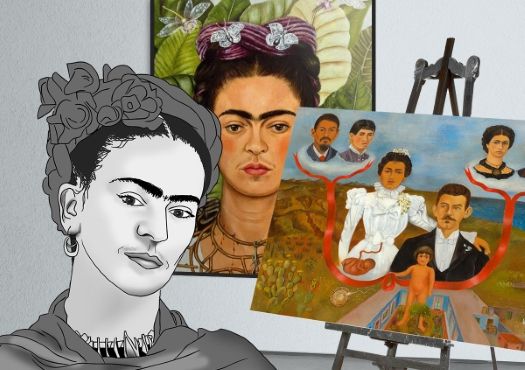
Frida Kahlo was an influential, now-iconic Hispanic artist. Tour her house, La Casa Azul, and study her art in this virtual tour.
Try it: Virtual Tour of La Casa Azul
Learn more: The Story of Frida Kahlo from The Art Story
6. Take a virtual tour of the National Museum of the American Latino
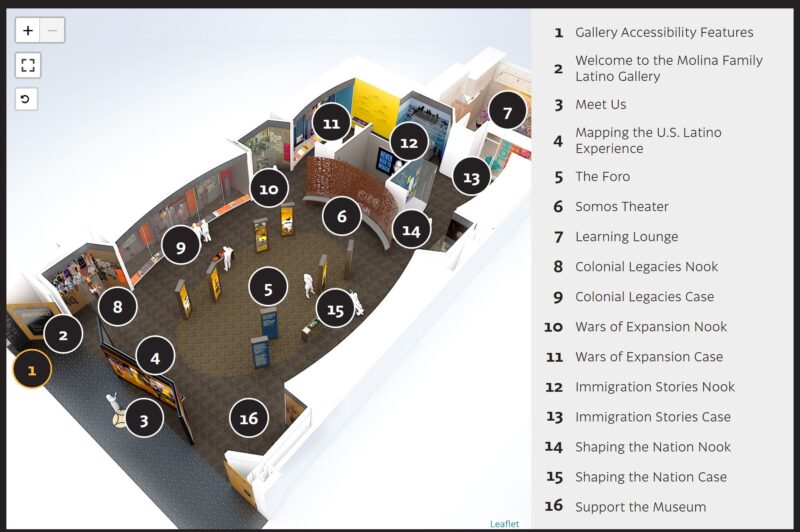
From lawmakers, advocates, and artistic creators to entertainment superstars, Hispanic Americans are making a huge impact in today’s society. Explore the Molina Family Latino Gallery at the Smithsonian National Museum of American Art online, where students can learn about famous and influential Hispanic Americans.
Learn more: Molina Family Latino Gallery Virtual Tour at the Smithsonian: National Museum of the American Latino
7. Play Hispanic music
Music sparks enthusiasm and curiosity about a culture. Within Hispanic culture, Latin music is known for its rhythm. Play different types of Hispanic music to teach the various types of music, and give students a foundation for exploring Hispanic music further.
Try it: Classic Spanish Songs You Need to Know from Spanish Mama
8. Bring folklórico dance into your classroom
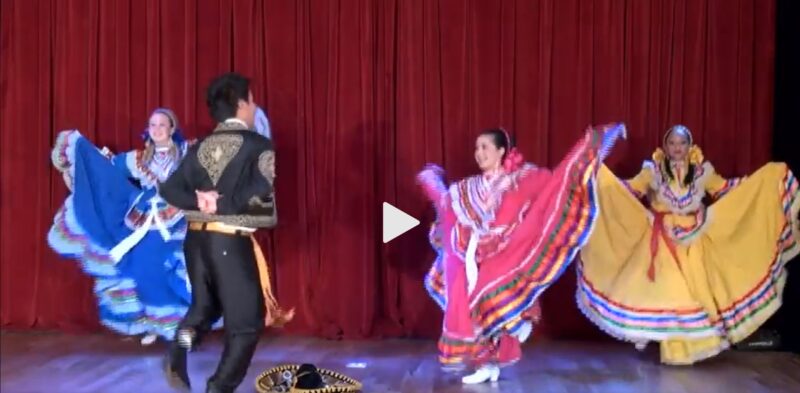
Folklórico, also called baile folklórico or ballet folklórico, is a traditional style of dance that originates in Mexico. Women wear colorful long skirts and long-sleeved blouses. Their hair is usually up in braids and accented with ribbons and/or flowers. Show students clips of folklórico dancers or invite folklórico dancers in your community to put on a short performance at school.
Try it: Ballet Folklórico Video from PBS
9. Listen to a mariachi band
A mariachi is a small, Mexican musical ensemble composed of a variety of mostly stringed instruments. They are typically male-dominant ensembles that sing a variety of songs, from slow songs of love or grief to high-energy dance songs. Mariachis are a typical form of entertainment at Hispanic events including weddings, holidays, birthdays, and funerals.
Try it: Mariachi Sol De Mexico Performance Video on YouTube
10. Create a menu that celebrates Hispanic cuisine
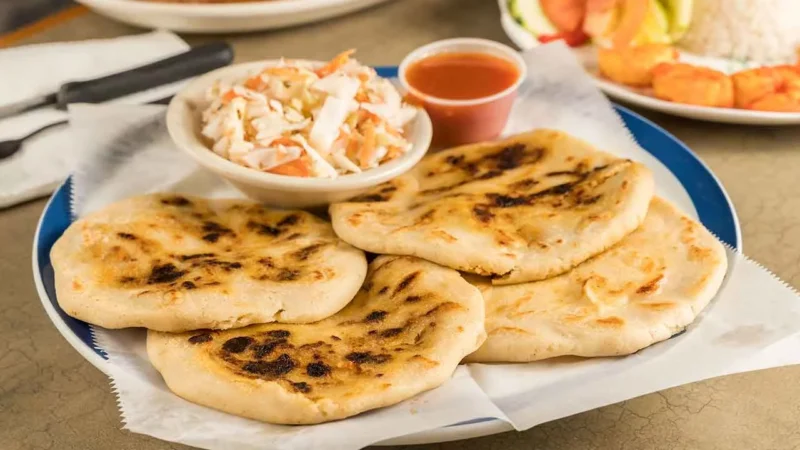
Like music, traditional foods help students understand and appreciate a country’s culture. Many students have heard of tacos, burritos, and quesadillas, but there is so much more than that in Hispanic cuisine. Have students research recipes like pupusas from Ecuador, pastel de choclo from Chile, and gorditas from Mexico. Students can research how the recipe reflects the country it’s from, and then make it and share it.
Learn more: Vibrant Food Celebrated in National Hispanic Heritage Month from OpenTable
11. Taste Hispanic treats
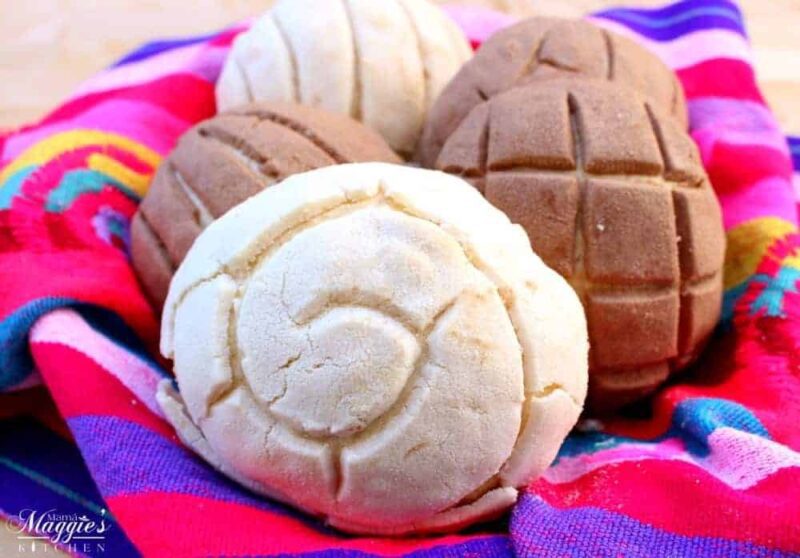
Tres leches, churros, conchas, arroz con leche—all the treats worth trying. Recipes and traditions vary from country to country and region to region. Have students investigate one sweet treat, how it got its name, and how it’s incorporated into festivals and daily life. If possible, visit a local panaderia or pasteleria to see which treats you can find.
Learn more: Best Mexican Desserts at Mama Maggie’s Kitchen
12. Make papel picado decorations
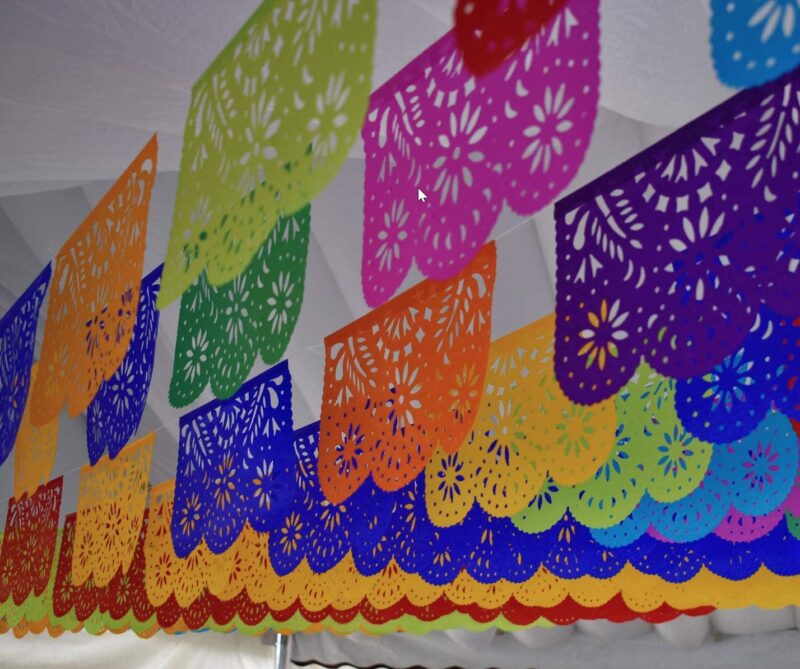
Papel picado translates to punched or perforated paper. This traditional paper decor is found in a variety of Hispanic cultural events. It is used to decorate during celebrations such as Día de Muertos (Day of the Dead) and events like birthdays and baby showers, as well as to simply add festive decor to family homes. Papel picado can be purchased online, at stores, or even created as a DIY craft.
Try it: How To Make Papel Picado from Deep Space Sparkle
Buy it: Plastic Papel Picado at Amazon
13. Play lotería
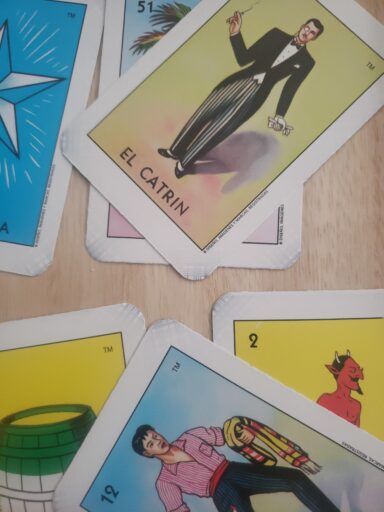
Lotería is a popular game that is very similar to bingo. It uses a total of 54 images on a deck of cards, and each player has playing cards containing only 16 of those images. The caller (or “cantor”) reads out the short phrase on each card (in Spanish), and players use beans, coins, rocks, or markers to cover the image if they have a match to the card read aloud. A fast-paced game, the first person who covers a row shouts “Lotería!” to win the game. Try the game out with your students as a fun Friday activity during Hispanic Heritage Month. It’s a crowd-pleaser!
Try it: How To Play Loteria from Lola Mercadito
Buy it: Loteria at Amazon
14. Watch a video or assign a research project about El Día de los Muertos
El Día de los Muertos (The Day of the Dead) is a Mexican holiday. It is celebrated from midnight on October 31 until November 2. During this time, it is believed that the gates of heaven are open and spirits of people who have passed on can rejoin their families here on Earth for those two days. People gather at cemeteries to welcome back the souls of their relatives with food, drinks, decorations, and celebration. National Geographic Kids has a great starting point to research Día de los Muertos.
Learn more: National Geographic Kids: Day of the Dead
15. Teach students about Las Posadas with poinsettia crafts
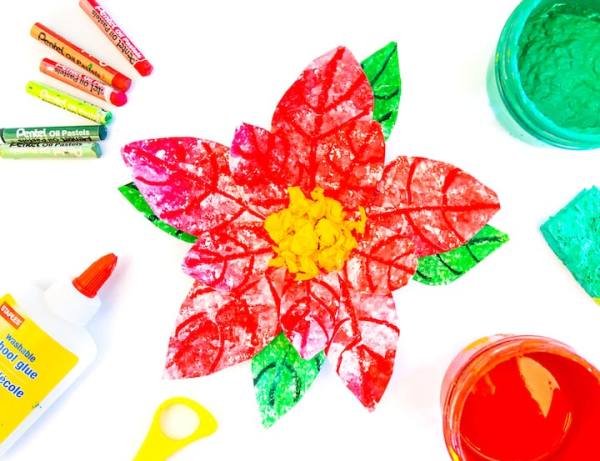
Las Posadas is a religious festival celebrated in Mexico and most Latin American countries in late December that commemorates the journey Joseph and Mary took to Bethlehem to give birth to Jesus. During the festival, children and family members dress up as angels, carry candles, play/listen to music, eat food, and decorate with poinsettias. Introduce this topic to your students, create a poinsettia craft as a keepsake, and embrace these Hispanic Heritage Month activities again in December when you discuss holidays around the world.
Try it: Poinsettia Crafts for Kids from Artsy Craftsy Mom
16. Make paper bag luminaries
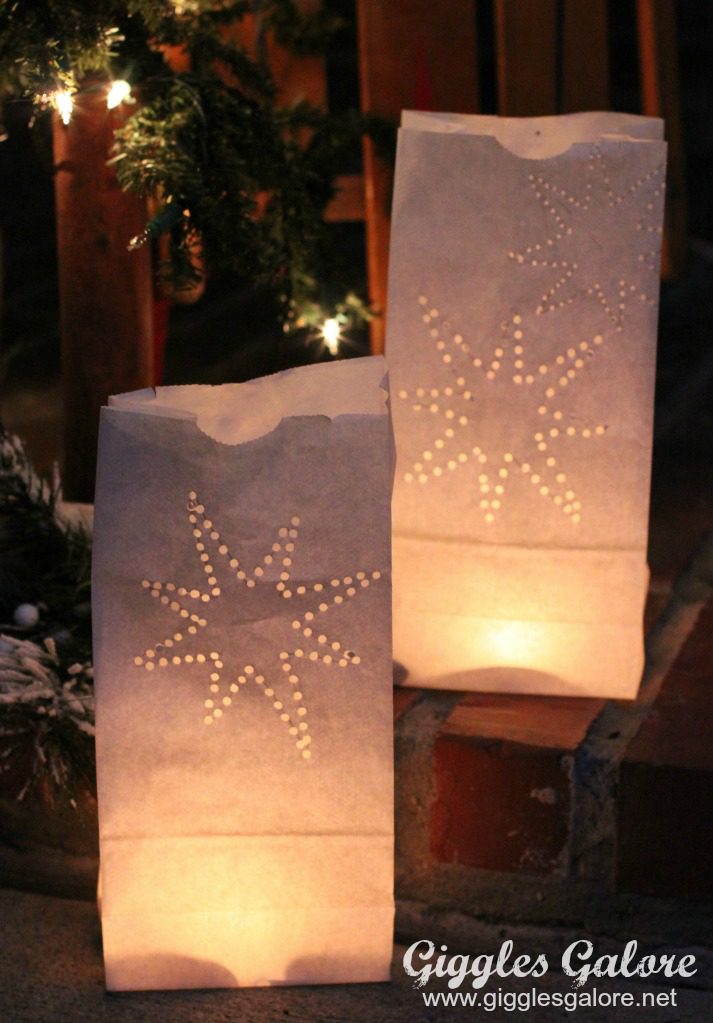
Luminaries are a traditional decor used in the Hispanic culture. They are typically paper bags (but can be made from other materials as well) that have designs or holes poked through the side, and are lit by putting a candle inside. These are placed in pathways and entrances or are used for decorations at holidays throughout the year.
Try it: DIY Paper Bag Luminaries from Giggles Galore
17. Virtually tour ancient ruins
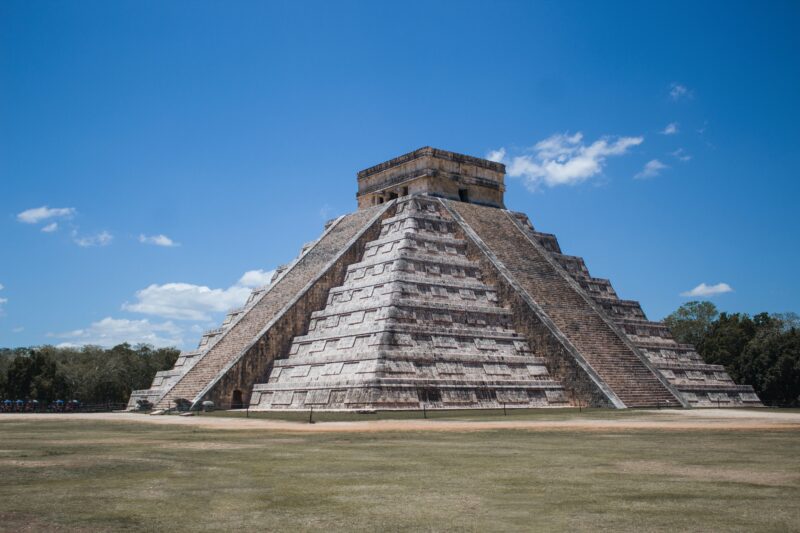
Hispanic Heritage Month is about celebrating people who are from countries whose primary language is Spanish. There’s a lot of history and archaeology to explore there. Check out one of Mexico’s Mayan pyramids, Chichén Itzá. Or take a tour of the historical city of Teotihuacán, also in Mexico. Further south, explore Machu Pichu in Peru, an archaeological site of the ancient Inca.
18. Learn the basic steps of salsa
Salsa dancing is a combination of Puerto Rican, Dominican, and Cuban dances from the 1950s. Learn the basic moves with this video:
19. Make paper flowers
Mexican celebrations often involve lots of bright flowers. Use paper and some folding to create bright pops of color for your classroom.
20. Have a paleta party
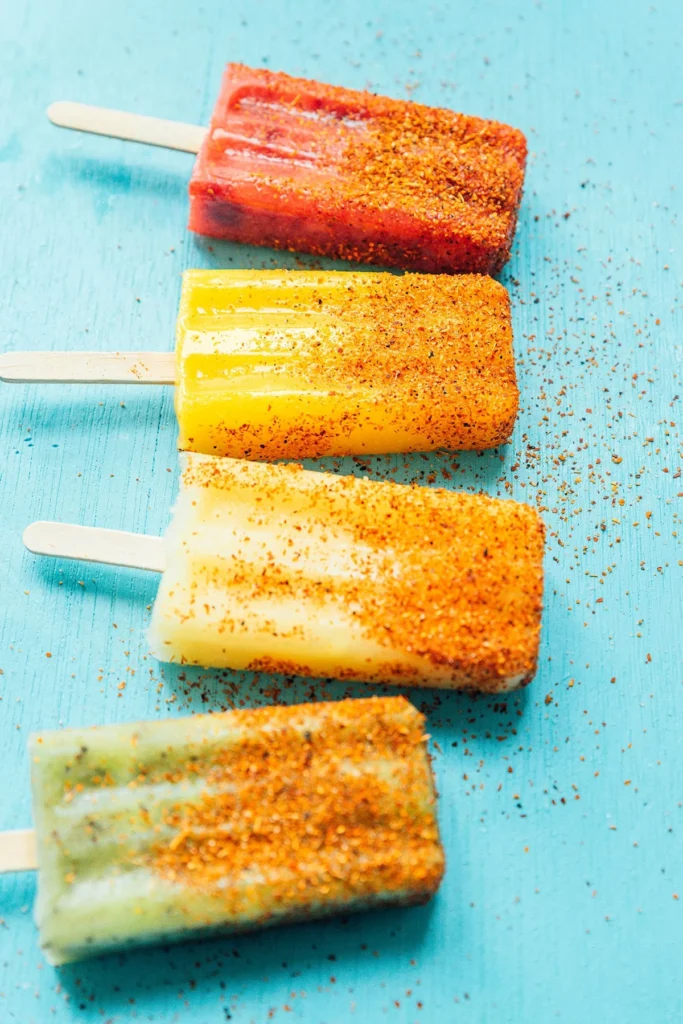
Paletas are Mexican Popsicles that are often fruit flavored. They’re made with water (paletas de agua) or milk (paletas de leche). Read Paletero Man by Lucky Diaz, a celebration of paletas and the vendors who push carts full of paletas for kids to buy, and try a new flavor of paleta. Here’s a paleta recipe to make your own.
Buy it: Paletero Man by Lucky Diaz at Amazon
21. Watch a movie by a Hispanic filmmaker
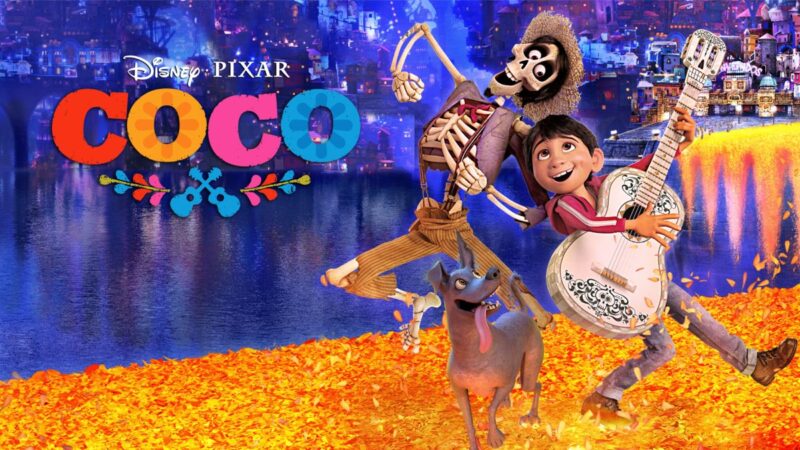
Movies are a great way to showcase Hispanic culture, and there are wonderful movies by Hispanic directors and with Hispanic actors. Check out this list of G and PG movies, plus this list of movies for middle and high schoolers.
22. Learn about Guatemalan worry dolls
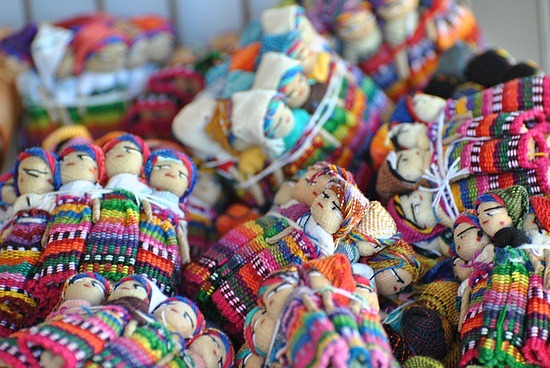
Hispanic countries have different traditions, including those for kids. Worry or trouble dolls (Muñeca quitapena) are small handmade dolls that originate from Guatemala and are a local Mayan legend. Traditionally, children tell their worries to the doll before they go to bed at night, then put the dolls under their pillow. By morning, the dolls have given them knowledge to take away their worries.
A video about how to make worry dolls:
23. Play Mar y Tierra
The traditional Hispanic game of Mar y Tierra is a favorite playground choice for kids around the world. It’s also a great way to learn simple geographic vocabulary while getting kids moving and connecting with each other.
Learn more: Spanish Playground
24. Make hot chocolate
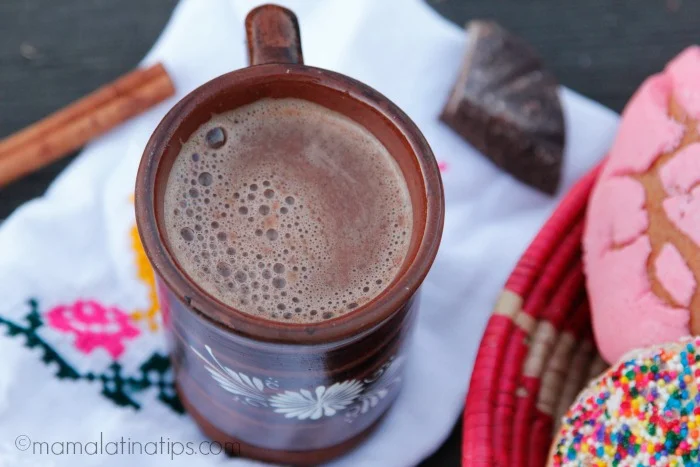
Chocolate originated in Latin America and cacao beans are still cultivated in Latin American countries. For true Mexican hot chocolate, you’ll need Mexican chocolate, cinnamon, and milk. Combine the ingredients and whip to frothy with a molinillo, or whisk. Get the recipe at Mama Latina Tips.
25. Make a retablo
Peruvian retablos are a folk art made in the Andes mountains. They usually show religious scenes inside a box with doors, but they can also show cultural, political, or social events. It’s 3D storytelling in a wood box. Make your own with cardboard, paint, and other craft materials.
Learn how to make your own retablo at Mommy Maestro.

